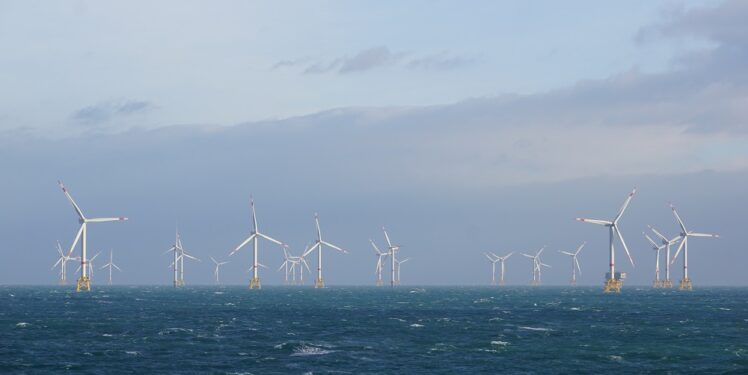Under the slogan “Dare to make more progress”, the new traffic light coalition in the German government has big plans for the energy transition…it could be assumed. In fact, it has resolved to do the bare minimum in its power to begin with – and that is already quite a lot. Optimism is certainly warranted, as this government is credibly committed to its goals. However, the players now all need to deliver.
The central ideological battles have been determined
The new German government has been appointed and has raised great expectations right from the start. A rough estimate for the coalition agreement– not entirely polished from a methodological perspective but certainly illustrative – looks as follows: implementation of 178 pages of 35 lines each in approx. 1,460 days translates to approx. 4.3 lines, or 0.5 to 1 paragraph per day, including weekends and public holidays.
With regard to the energy transition, however, the coalition agreement only manifests what has taken place in society as a whole in recent years as far as climate policy is concerned and, for the first time, is simultaneously backed by a strong staffing structure that also boasts major expertise. The great contradictions between economy and ecology no longer exist – even though there are, of course, still opponents to renewable energies – the Paris goals are now credibly considered to have been set, and the point has even already been reached where the industry and industrial associations had adopted more progressive positions than the previous government. The most recent “Climate Paths” study by the Federation of German Industries (BDI) is a prime example.
Reducing costs – the quicker, the better
According to expert opinions, there is still potential to reduce the costs for onshore and offshore wind energy considerably in the future. Across all applications, the costs decrease by 17 to 35 % in a cost projection for 2035 and 37 to 49 % for 2050. Larger and more powerful wind turbines will make a decisive contribution to these cost reductions. The replacement of old turbines is steadily reducing the LCoE (levelized cost of electricity or levelized cost of energy) for existing projects, too.
Of course, this development does not come about on its own. The key point is that the requisite lowering of the LCoE will not be achieved by the economies of scale alone. Only when flanked by targeted research will the cost curve be bent downward to the more favorable end.
The same also applies for hydrogen technology, which is still in its infancy. Fraunhofer IWES is a prime example of a cross-technological and interconnecting approach to domestic and application-oriented research.
We know a lot about the future
Perhaps not every research euro will be money well spent immediately – but the investments are still worthwhile. Although these statements might appear contradictory at first glance, they are in fact not.
When we make assumptions about the future, it is often easier to make long-term forecasts than forecasts concerning the immediate future. We know that “business as usual” policies will result in global warming of almost exactly three degrees, but we don’t know for certain whether tomorrow will be colder or warmer than today.
Consequently, what we don’t know is whether a euro we invest in (wind energy) research today will pay off immediately. However, what we do know for sure is that no investment at all will certainly lead to a comparatively slower decline in the price curve in the long term than a future in which we actually invest 3.5 percent of gross domestic product in research and science.
What needs to be done now
In light of the challenges encountered in day-to-day political business (COVID-19, right-wing extremism, centrifugal forces within the governing coalition, etc.) and the considerable number of projects detailed in the coalition agreement, it is certainly necessary to remind people continuously of the tasks and commitments and to insist on their implementation. After all, it remains to be seen for the individual announcements, plans, and goals whether and with what consistency they will (or even can) be implemented. As such, there is a risk of “completion through non-implementation” for many points. It is thus up to all players to stay on the ball. The “heralding in of the decade of future investments” begins today.

